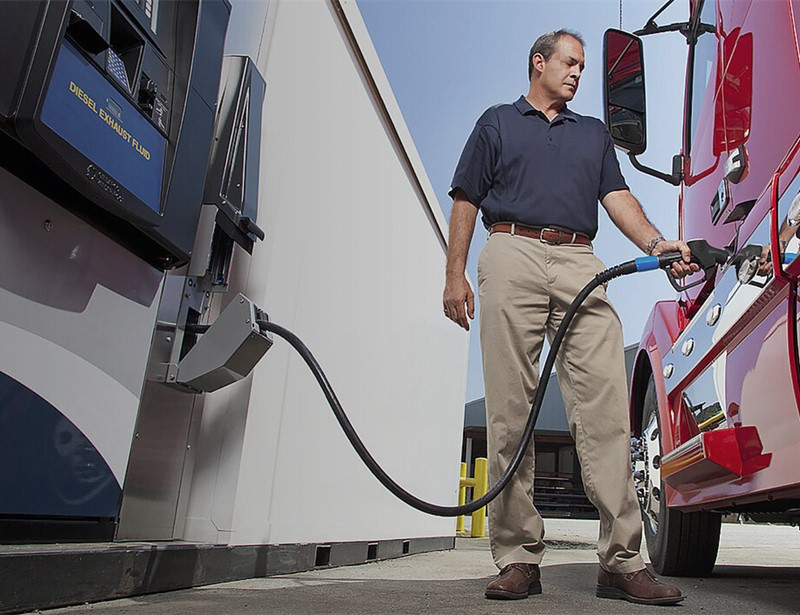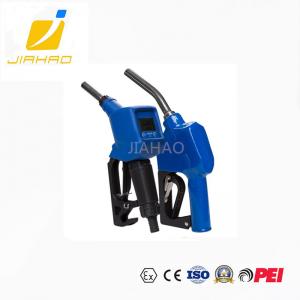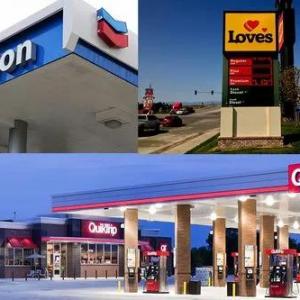How AdBlue Improves Engine Efficiency?
How adblue Boosts Diesel Engine Performance & Fuel Economy
In the world of automobiles, the name AdBlue is no stranger to diesel vehicle owners. For many others, however, it remains a mysterious fluid. What exactly is AdBlue? How does it work? Most importantly, why does it significantly improve the efficiency of a diesel engine?
As global environmental regulations become increasingly stringent, diesel engine emission control technology is continuously advancing. AdBlue (urea solution for vehicles), as a core component of the Selective Catalytic Reduction (SCR) system, has become a key solution for modern diesel vehicles to reduce nitrogen oxide (NOx) emissions. In 2025, with the gradual implementation of Euro 7 emission standards and the push for new energy transitions, the importance of AdBlue is becoming even more prominent.

What is AdBlue? More Than Just “Urea”
First, let's clarify a common misconception. Although AdBlue is often referred to as "urea," it is not the agricultural urea we commonly see. It is a highly pure, colorless, and transparent liquid composed of 32.5% urea and 67.5% deionized water. Its chemical name is "Diesel Exhaust Fluid," or DEF for short. This name more accurately describes its function: it is specifically used to treat diesel engine exhaust gases.
In 2025, with the growing stringency of global environmental regulations, search terms like "AdBlue composition" and "difference between DEF and AdBlue" continue to rise on Google. This indicates that people's understanding of this fluid is evolving from a simple "urea" to a more professional knowledge of its composition and function.
The search term "AdBlue for diesel engines" has also become a Google hot topic in 2025 for several reasons:
-
Stricter Emissions Regulations: Euro 7 standards require a further reduction in NOx emissions, compelling more diesel vehicles to rely on AdBlue.
-
Fuel Economy Optimization: Vehicles equipped with an SCR system achieve more complete combustion and better fuel economy compared to those that rely solely on Exhaust Gas Recirculation (EGR) technology.
-
New Energy Transition Period: AdBlue remains crucial for diesel vehicles to meet environmental requirements before pure electric and hydrogen power become fully widespread.
How Does AdBlue Work? Unveiling the Selective Catalytic Reduction (SCR) System
The core function of AdBlue lies in its application within a vehicle's Selective Catalytic Reduction (SCR) system. The SCR system is a crucial technology used in modern diesel engines to reduce harmful NOx emissions.
The entire process can be summarized in the following steps:
-
NOx Production: During the combustion process in a diesel engine, high temperatures and pressures cause nitrogen and oxygen in the air to react, producing harmful nitrogen oxides (NOx). NOx is a major pollutant that contributes to acid rain and photochemical smog.
-
AdBlue Injection: As the vehicle operates, the engine control unit (ECU) precisely calculates and controls the injection of AdBlue from the AdBlue tank into the exhaust system, based on data from the NOx sensor in the exhaust pipe.
-
Chemical Reaction: At high temperatures, the AdBlue decomposes into ammonia gas (NH3) and carbon dioxide (CO2). Inside the SCR catalytic converter, the ammonia gas reacts with the NOx in the exhaust, converting it into harmless nitrogen gas (N2) and water (H2O).
-
Harmless Emission: As a result, the harmful NOx in the tailpipe exhaust is significantly reduced, helping the vehicle meet environmental standards.
This complex system is where AdBlue works its magic. In 2025, technical search terms like "SCR system principle" and "relationship between AdBlue and SCR" have also become popular, reflecting the public's deepening interest in diesel vehicle emission control technology.
How AdBlue Improves Engine Efficiency: Breaking Down Misconceptions
Many people believe that using AdBlue is solely for environmental compliance and has no connection to engine performance. However, this is a narrow view. The use of AdBlue indirectly and significantly improves engine efficiency. There are several key factors behind this:
1. Optimized Engine Combustion, No Longer Compromised
In older diesel engines without SCR systems, engineers had to sacrifice combustion efficiency to lower combustion temperatures and thus reduce NOx emissions. This often resulted in lower fuel economy and poorer throttle response.
With AdBlue and the SCR system, the engine can be tuned to a more optimal state, achieving higher combustion temperatures and pressures. The resulting NOx can be handled by the SCR system. This optimized combustion directly leads to the following benefits:
-
Higher Fuel Efficiency: More complete combustion means less wasted fuel, which reduces overall fuel consumption.
-
Greater Power Output: An optimized engine can produce more torque and horsepower, providing a better driving experience and a smoother power delivery.
-
Cleaner Combustion: More complete combustion also reduces the production of particulate matter (PM), further enhancing environmental performance.
In 2025, Google search hot topics such as "Does AdBlue save fuel?" and "Does AdBlue affect performance?" directly reflect users' quest for confirmation on this topic.
2. Extended Engine Lifespan, Reduced Maintenance Costs
The use of AdBlue also indirectly has a positive impact on engine lifespan. Cleaner combustion reduces carbon buildup inside the engine, especially on critical components like fuel injectors, piston crowns, and valves. Less carbon buildup means the engine runs more smoothly with less component wear, which extends the engine's lifespan and lowers long-term maintenance costs.
Furthermore, the SCR system reduces the workload of the EGR system. The EGR system is another technology for reducing NOx emissions by recirculating some of the exhaust gas back into the combustion chamber. A major drawback of the EGR system, however, is that it leads to more carbon buildup, which negatively affects engine performance. With AdBlue, the intensity of EGR can be reduced or even eliminated, fundamentally solving the carbon buildup problem.
The Correct Use of AdBlue: Key Points You Need to Know
While AdBlue offers many benefits, correct usage is crucial. In 2025, as more people become familiar with AdBlue, search terms like "how to add AdBlue" and "what if I add the wrong fluid to the AdBlue tank" reflect users' confusion in practical operation.
-
AdBlue Tank: AdBlue has a dedicated AdBlue tank, usually located next to the fuel cap or in the trunk. Never pour it into the diesel tank, and vice versa. Adding the wrong fluid can cause severe damage to the engine and SCR system.
-
Purity and Standards: Always use AdBlue that meets the ISO 22241 standard. Low-quality AdBlue may contain impurities that can damage the SCR system's nozzles and catalyst.
-
Consumption: AdBlue consumption depends on the vehicle's mileage, engine load, and driving habits. Typically, it is consumed at a rate of about 3% to 5% of the diesel consumption. The vehicle's dashboard will display the remaining AdBlue level and remind the driver to top it up when needed.
-
Cold Weather Issues: The freezing point of AdBlue is approximately -11°C. To handle cold weather, vehicles are usually equipped with a heating system to prevent the AdBlue from freezing, ensuring the SCR system can function in any environment.
The Future of AdBlue: A Continuous Evolution
As global carbon emission standards continue to tighten, the importance of AdBlue and SCR technology will only grow. Future developments include:
-
More Efficient Catalysts: Researchers are developing catalysts that can operate at lower temperatures, improving the efficiency of the SCR system during cold starts.
-
Smart AdBlue Management Systems: Future systems will be able to more accurately predict AdBlue consumption and even make personalized adjustments based on the driver's habits.
-
Renewable AdBlue: With increasing environmental awareness, using biomass to produce urea is also an emerging area of research.
In summary, AdBlue is more than just a fluid for environmental compliance. It is a key technology for modern diesel engines to achieve high efficiency, low emissions, and long-term durability. By gaining a deeper understanding of its principles and functions, we can see that environmental protection and performance are not mutually exclusive but can be perfectly combined through technological innovation. The next time you top up your diesel car with AdBlue, you'll know that you are not just fulfilling an environmental responsibility; you are fueling your vehicle with efficiency and a glimpse into the future.





